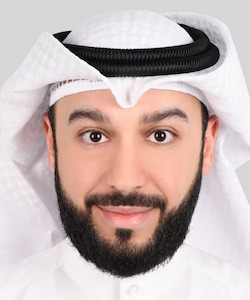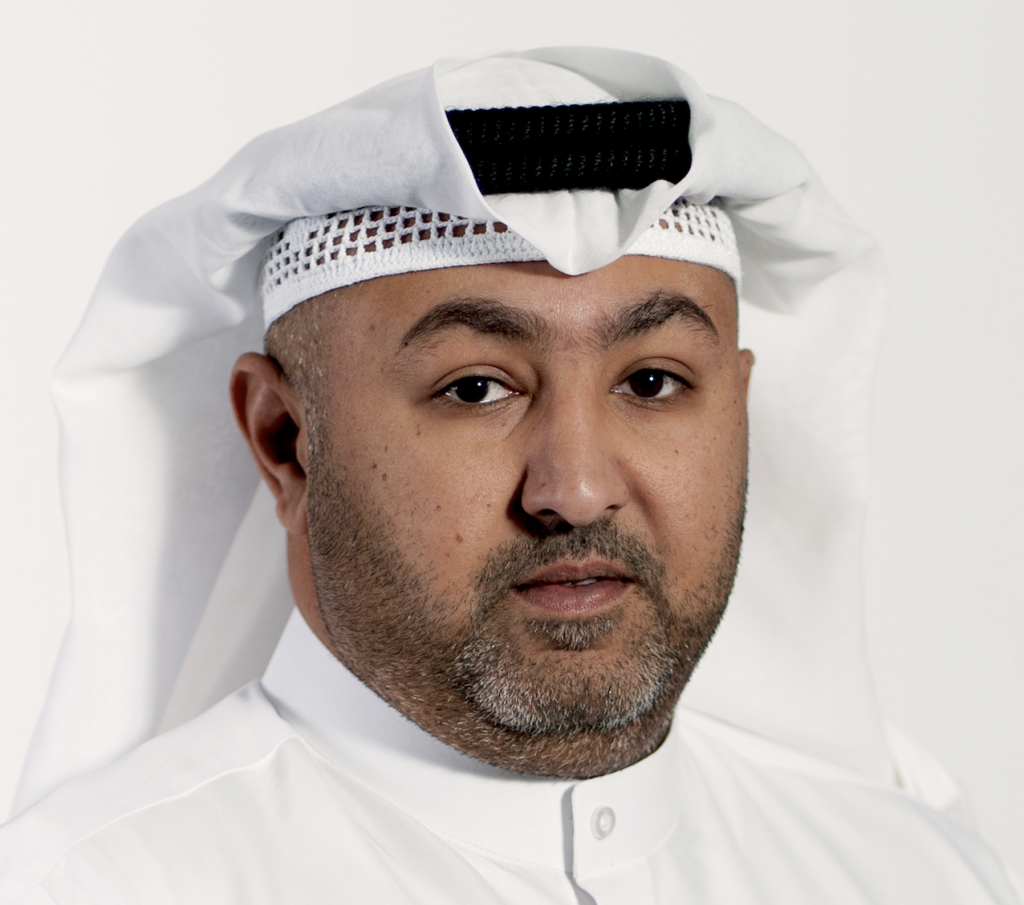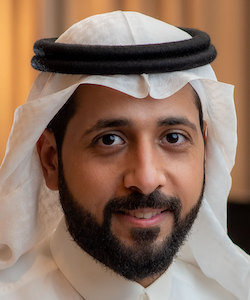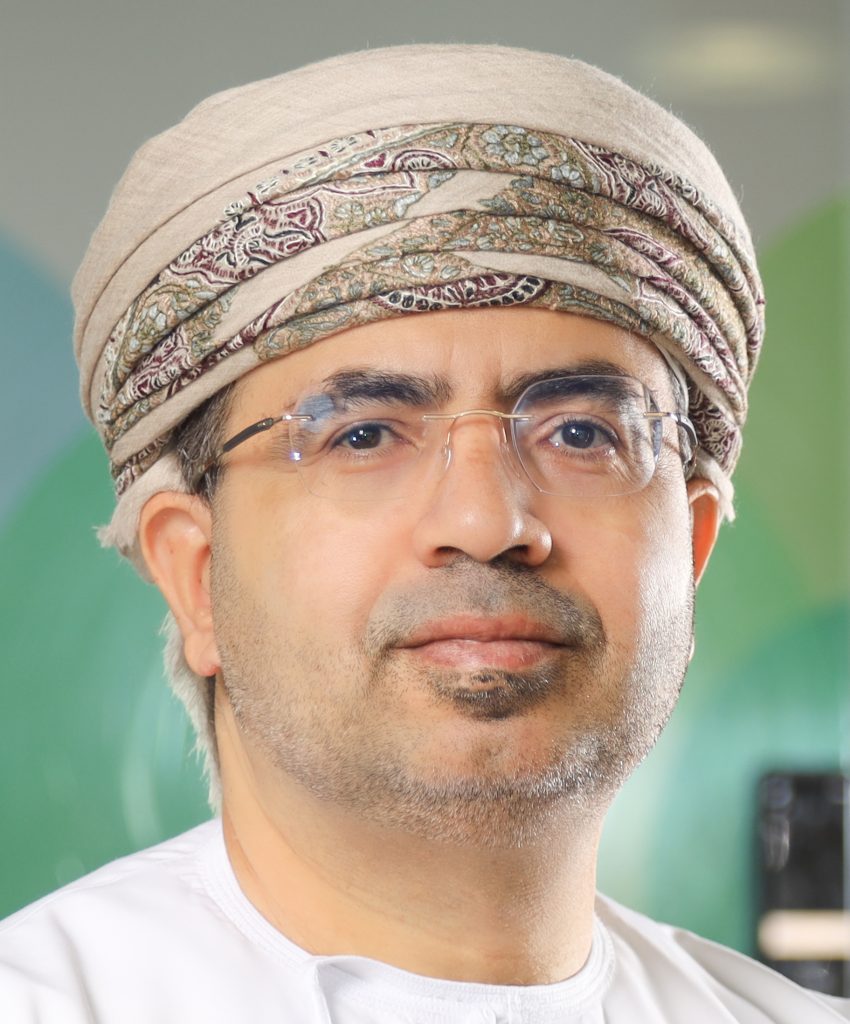By eradicating excess bureaucracy for doing business and offering attractive conditions to both national and international investors, Hidalgo has emerged as the new economic destination in Mexico.
What initiatives has Hidalgo launched to attract the attention of investors and become a new economic destination for the country?
It has been a process that began almost five years ago. We set up an economic development strategy, with one goal in mind: to eradicate poverty by creating formal and well-paid jobs. This strategy was based in four axes. The first one was to create a friendly environment for doing business. At the beginning for my administration, Hidalgo was 29th out of 32 in terms of ease of opening a business. This year, Deloitte recognized the state as the third-best business environment in the country. It has been possible mainly due to an extremely aggressive regulatory improvement strategy, which was recognized by OECD as the most avant-garde in Latin America at that time. In the same order, we reformed the Constitution in order to create a statewide anti-corruption system to provide investors with increased security. With regards to internal finances, we refinanced our debt, while setting the best interest rates and contracting no new debt while increasing collections. Today, the state holds an A+ credit rating, according to Fitch Ratings, one of the best in the country, even better than Mexico’s. The second step of the strategy was to enhance the local enterprises and business in order to make them strong enough and be prepared to receive new competitors. We have trained and developed new skills to 9,500 entrepreneurs from all over the state. Over the last five years, we have also granted USD50 million to 2,200 SMEs. Besides, we decided to break into the energy sector by developing our energy law and our own state energy agency dedicated to supporting companies to get access to lower energy costs. Once we put our own house in order, we launched steps three and four of the strategy: attract new investments and entice high-value companies in four specific sectors—chemist-pharmaceutical, processed foods, sustainable mobility, and energy. To date, we have landed more than USD3 billion in new investments. No previous government in Hidalgo had achieved such an investment. In 2020, we attracted more investments than Querétaro, the rising star state in Mexico.
Besides clear rules and certainty, what else makes Hidalgo different to new investors?
We have all the benefits of a huge metropolis, without their troubles. Furthermore, Hidalgo has excellent road and rail connectivity that allows companies to send and receive goods to and from any of the two oceans that surround Mexico. Another important differentiator is security; Hidalgo is among the top five safest and peaceful states in Mexico. We have set up the “C5i”: the control, command, communications, computing, coordination, and center of intelligence security of Hidalgo, where we coordinate municipal, state, and federal authorities to provide public safety services and timely emergency care. It is one of the most sophisticated facilities not only in Mexico, but in Latina America. Nonetheless, what really makes a difference is the personalized care we give to all the investment projects. I personally attend to each of the new companies that want to come to the state. Every project is different, with special needs and requirements, thus I instruct my cabinet to work together with investors. In 2020, for the first time in history, Mexico, through the state of Hidalgo, won the award given by the Ministry of Economy of Dubai for the best investment project worldwide. Five years ago, this was something unimaginable.
What are your goals for Hidalgo for the short term?
I want to continue attracting investments; they are the key to generate jobs and eradicate poverty. The goal was to land USD500 million in 2021. I want Hidalgo to be stronger than it was before the COVID-19 outbreak. I want my legacy at the end of my government for the people of Hidalgo to live better than they did five years ago. That is what I am working toward.













